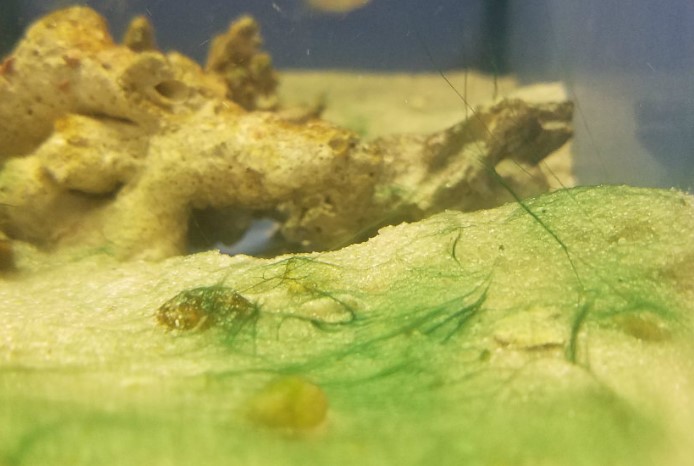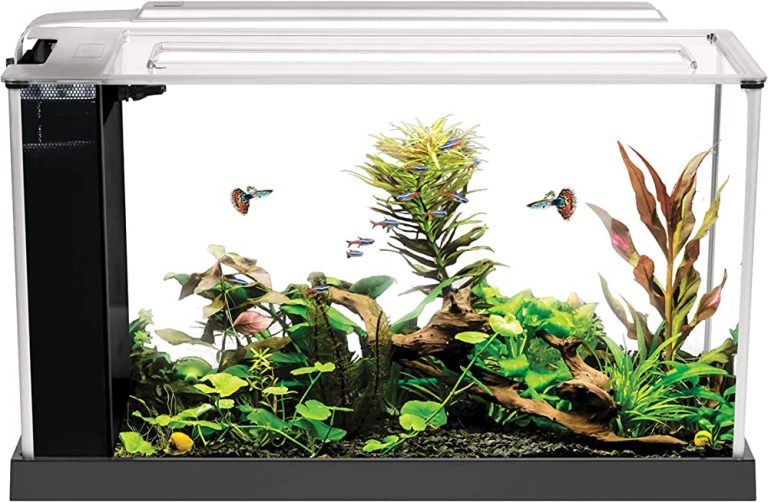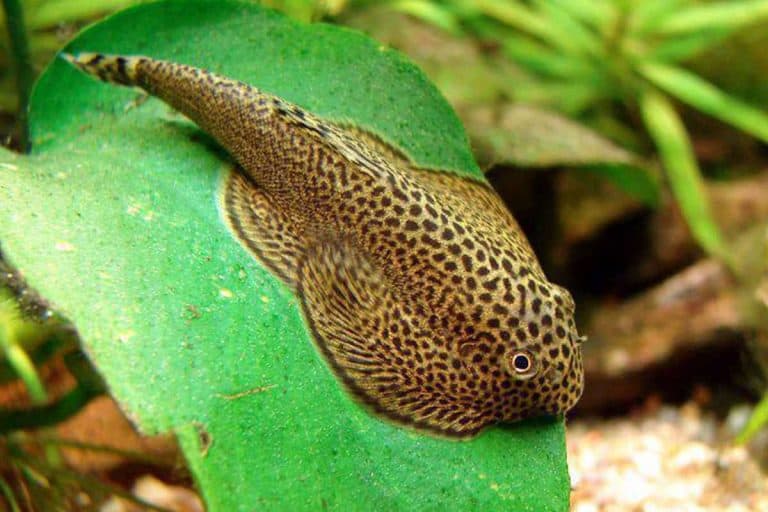Non Electric Fish Tank Filter
Non Electric Fish Tank Filter: The Perfect Solution for a Clean and Healthy Aquarium
Are you tired of dealing with noisy and expensive electric fish tank filters? Look no further! In this article, we will explore the wonders of non-electric fish tank filters and how they can revolutionize the way you maintain your aquarium. Say goodbye to high electricity bills and hello to a cleaner and healthier aquatic environment for your beloved fish.
Why Choose a Non Electric Fish Tank Filter?
Electric fish tank filters have been the go-to choice for many aquarium owners due to their convenience. However, they come with several downsides. They can be noisy, consume a significant amount of energy, and require regular maintenance. This is where non-electric fish tank filters come in. Let’s dive deeper into the benefits of choosing a non-electric option:
1. Energy Efficiency: Non-electric filters do not rely on electricity to operate, making them more energy-efficient and environmentally friendly. By eliminating the need for electricity, you can reduce your carbon footprint and save money on your energy bills.
2. Silent Operation: Unlike electric filters that can produce a constant humming noise, non-electric filters operate silently. This is especially beneficial if you have your aquarium in a bedroom or office space where you need a peaceful environment.

3. Low Maintenance: Non-electric filters are designed to be low maintenance, requiring minimal upkeep. They don’t have motors or moving parts to replace or clean regularly. This saves you both time and effort in maintaining your aquarium.
4. Cost-Effective: By switching to a non-electric filter, you’ll save money on electricity bills and potential repairs or replacements. Non-electric filters are typically more affordable upfront and require fewer ongoing expenses.
Types of Non Electric Fish Tank Filters
Now that you’re convinced of the benefits of non-electric fish tank filters, let’s explore the different types available in the market:
1. Sponge Filters: Sponge filters are one of the most popular types of non-electric filters. They consist of a sponge attached to a tube that creates bubbles and provides biological and mechanical filtration. Sponge filters are great for small to medium-sized tanks and are known for their effectiveness in creating a well-balanced ecosystem.
2. Undergravel Filters: Undergravel filters are installed beneath the gravel substrate of the aquarium. They use the natural flow of water to pull it through the gravel, where beneficial bacteria grow and help break down waste. Undergravel filters are budget-friendly and efficient for both freshwater and planted tanks.
3. Canister Filters: Canister filters are another type of non-electric filter that provides excellent filtration for larger aquariums. They consist of a canister filled with different filter media layers. Water is pumped through the canister, passing through the filter media to remove impurities. Canister filters offer mechanical, chemical, and biological filtration in one unit.
4. Hang On Back (HOB) Filters: HOB filters are commonly used in medium-sized aquariums. They hang on the back of the tank and provide mechanical and chemical filtration. HOB filters have a filter cartridge or sponge that traps debris and impurities from the water. They are easy to set up and maintain.
Setting Up a Non Electric Fish Tank Filter
Now that you’ve chosen the perfect non-electric filter for your aquarium, let’s walk through the setup process:
1. Choose the Right Size: Select a filter that is appropriate for the size of your tank. Refer to the manufacturer’s guidelines or consult with an aquarium expert to determine the right size for your specific needs.
2. Prepare the Filter Media: Depending on the type of filter you have chosen, ensure that you have the correct filter media on hand. This may include sponges, activated carbon, ceramic rings, or bio balls. Follow the manufacturer’s instructions on how to prepare the filter media before inserting it into the filter.
3.Position the Filter: Install the filter in the desired location. For HOB filters, hang it on the back of the tank. For undergravel filters, position them beneath the gravel substrate. Ensure that the filter is securely in place and the water can flow freely through it.
4. Connect the Air Pump: Non-electric filters often rely on an air pump to create the necessary flow of water. Connect the air pump to the filter using airline tubing and an airstone, if applicable. Place the airstone at the bottom of the tank to facilitate proper water movement.
5. Prime the Filter: If you are using a canister filter, it may require priming to ensure proper water circulation. Follow the manufacturer’s instructions to prime the filter and ensure that there are no air bubbles trapped within.
6. Monitor and Adjust: Once the filter is up and running, closely monitor the water parameters and the behavior of your fish. Make any necessary adjustments to ensure optimal filtration and a healthy aquatic environment.
Frequently Asked Questions
1. Are non-electric fish tank filters as effective as electric filters?
Yes, non-electric fish tank filters can be just as effective as electric filters when chosen and set up correctly. They provide mechanical, chemical, and biological filtration, ensuring a clean and healthy environment for your fish.
2. How often do I need to clean a non-electric fish tank filter?
The frequency of cleaning a non-electric fish tank filter depends on various factors such as the fish load, tank size, and filter type. Generally, non-electric filters require less frequent cleaning compared to electric filters. It is best to monitor the water parameters and visually inspect the filter to determine when it needs cleaning.
3. Can I use a non-electric fish tank filter in a saltwater aquarium?
Yes, non-electric fish tank filters can be used in both freshwater and saltwater aquariums. However, ensure that the filter you choose is suitable for the specific requirements of a saltwater setup.
Final Thoughts
Non-electric fish tank filters offer a wide range of benefits for aquarium enthusiasts. From their energy efficiency and silent operation to their low maintenance nature and cost-effectiveness, non-electric filters provide a reliable and eco-friendly solution for maintaining a clean and healthy aquatic environment. By choosing the right non-electric filter and setting it up correctly, you can enjoy a crystal-clear tank and thriving fish for years to come. So, make the switch today and embrace the wonders of non-electric filtration for your fish tank.






